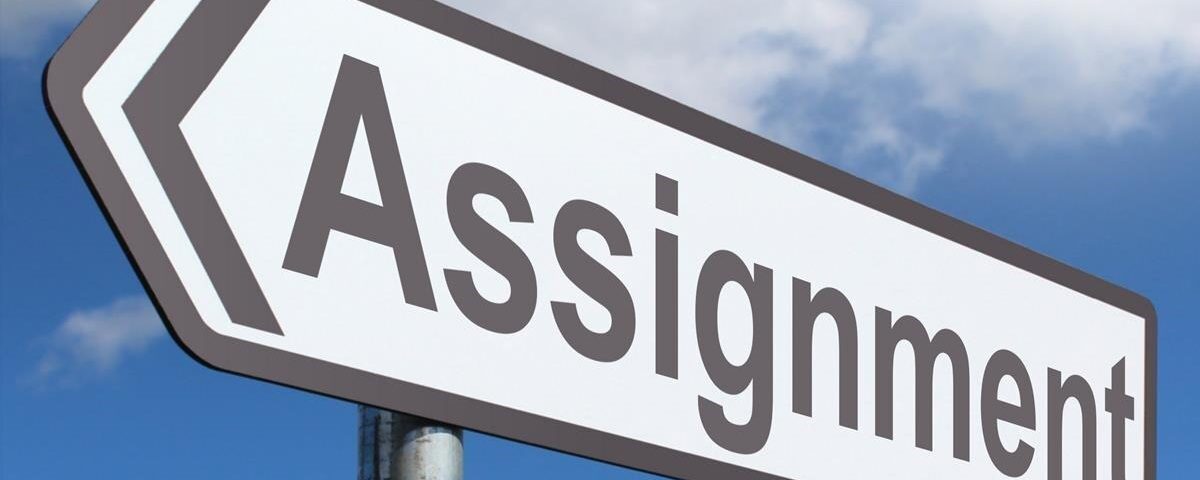- Top Quality Custom Essays
- +1 (628) 201-7932
- eprowriters01@gmail.com
CUC107 Applying Cultural Capabilities Report
CUC107 Applying Cultural Capabilities Report

CUC107 Applying Cultural Capabilities Report
Task Overview
Introduction:
It has been argued that cultural capabilities are fundamental to operating effectively in the workplace, community and the university. Cultural capabilities are required for creating safe work and learning spaces. So, to complete this task you will be drawing together all of the learning from the unit to show understanding of strategies to create safe spaces.
Task:
Write a formal report to observe and analyse whether characters in a given interaction are showing effective cultural capabilities and maintaining a culturally safe space. Also, recommend how effective cultural capabilities of the people involved could be improved.
Task details
The report should:
• Summarise and describe observations of the interactions related to aspects of cultural capabilities in the interaction.
• Analyse (with formal references) the safe and unsafe aspects of the interaction, including the physical location and interactions between people.
• Provide recommendations for creating or sustaining this interaction as a culturally safe space.
Be written in a formal tone – avoid personal language, contractions and slang.
Steps for successfully completing Assessment 3, Part 1
1. As you think about the given interaction, observe the way that the social and cultural groups concerned are represented in the interaction. Distinguish between the actual interaction depicted and the wider social issue; remember you are analysing the situation for the cultural capabilities demonstrated in the interaction.
The Interactions you can choose:
• 21 minutes of the Documentary posted on Vimeo by the Gundjeihmi Aboriginal Corporation.
Dirt Cheap 30 Years on: the story of uranium mining in Kakadu. https://vimeo.com/73373709
You can watch the whole documentary to gain some contextual knowledge. The interaction is from 15 minutes to 36 minutes, including a footage of NLC meeting with Chairman Yunupingu, and another meeting with the then minister for Aboriginal Affairs, Ian Viner.
• Another choice is: #toostrongforyoukaren
https://www.sbs.com.au/news/mildura-woman-attempts-to-tear-down-aboriginal-flag-in-viral-video
Here is another news excerpt:
https://www.youtube.com/watch?v=eR2d23LM4eo
And another:
Here is a hashtag collation of posts on twitter (beware this is general public and various authorities):
https://twitter.com/hashtag/toostrongforyoukaren?lang=en
• Another Choice is the NYT article on the Corona Virus; a series of media clips on a collection of statements made; so instead of analysing a specific scenario (like the ones above) , you can analyse the existence of these instances over time as discussed in the video. You can also reference other media pieces that impact on collective culture, interactions and power relations.
https://www.nytimes.com/2020/03/14/opinion/Racism-coronavirus-asians.html
2. Format the Report
Prepare the layout before writing.
Font size and type: Use font size 12. You may use font type calibri, arial or times new roman. Margins: Use Default margin, 2.54cm.
Line Spacing: 1.5 line spacing. You will need to include sections and subsections which should have numbered and titled headings. Word counts for each section below are only a guide but do indicate relative importance of the sections.
This is reflected in the marking for each section.
• Title of Report: This should be on a separate page. Include the title, your name and student number, and the date. The title should include the name of the assignment and describe what the report will do.
You can be creative to make an interesting title page.
• Table of Contents: This should be on a separate page. A table of contents provides a list of the Sections and Sub-sections that you have used in your report, and the page on which they start. You can use the word function in ‘references’ tab to AUTO-generate a table of contents from the levels of headings you choose UNDER ‘STYLES’.
Now use this outline:
1. Introduction (approx. 200 words):
Briefly explain background, aim and scope of this report. Include the following sub-sections in the introduction.
1.1 Background
An orientation to the topic of cultural capability and safe spaces.
1.2 Aim
Tell the reader what the report aims to do – i.e. It will provide a summary, description and analysis of an example of a safe or unsafe space and will recommend improvements to improve the safety of the space where appropriate.
1.3 Scope
Explain what the report will focus on, including concepts and capabilities you will analyse for.
2. Summary and Observations (Approx. 350- 400 words):
This section will include two sub-sections.
2.1 Summary of the interaction:
Needs to include:
o a brief plot line of the events you are analysing
o the setting with a general overview of the scene
o any relevant background information to understand the scene
o identification of the key people involved
2.2 Observations:
Identify the behaviours that are evidence of the cultural safety issues and cultural capability. These observations should confirm your statement in the introduction about whether the space is safe or unsafe. Some of the things to look for and describe are: physical factors (size and layout of space, position of people in the space), communication factors (body language, voice, words), signs of inclusion or exclusion, and displays of or lack of cultural intelligence. It is a good idea to include a Table to set out your observations. Word count is included in the ‘summary and observations” quota, so don’t ‘spend’ all your words here.
If you use a table, remember that it will need to be introduced, and a number and title provided, as per below. (Note replace highlighted instructions with your own words):
[Table 1 here]
3. Analysis: (700-800 words):
3.1
3.2
3.3
3.4
In this section you should demonstrate your understanding of the key concepts covered in the unit. Using relevant references, together with your observations in section 2 of elements within the interaction, analyse whether chosen scenes are a safe or an unsafe space and explain why. Support your claims about whether each scene is a safe or unsafe space with readings and definitions of the concepts that comprise cultural safety, and literature we covered during the semester relating to capabilities and how people can demonstrate their cultural intelligence.
• Identify a specific example of cultural capability from the interaction
• Integrate a definition of cultural capability, power relations and generative interactions
• Explain how the behaviour in this example relates to the definition and the broader question of cultural capability and safe spaces for the report
Hint: As noted earlier, to improve clarity, your analysis should include numbered sub-headings to highlight and structure key issues you identified as important to whether the space represented there is safe or not safe (e.g. 3.1 Empathy, 3.2 Intercultural Communication, 3.3 Awareness of Body Language, 3.4, Etc.).
Page 5 of 8
4. Recommendations (150 – 200 words):
Based on your analysis section, make recommendations for how situations in the situation may be changed using cultural capabilities to make this a safer space. The recommendations that you make should tie in very closely to your analysis section. Number and subheadings for each recommendation as it relates to the analysis:
4.1
4.2
4.3
4.4
5. Summary and Conclusion (approx. 100 words):
Summarise the main ideas. What did the situation show about safe spaces, and what actions needed to be taken to make it a safe space, if anything? No new material or references should be included in the summary and conclusion.
References:
This list should be on a separate page. The title, References, should be centred in the page. The reference list should follow APA Style guidelines


